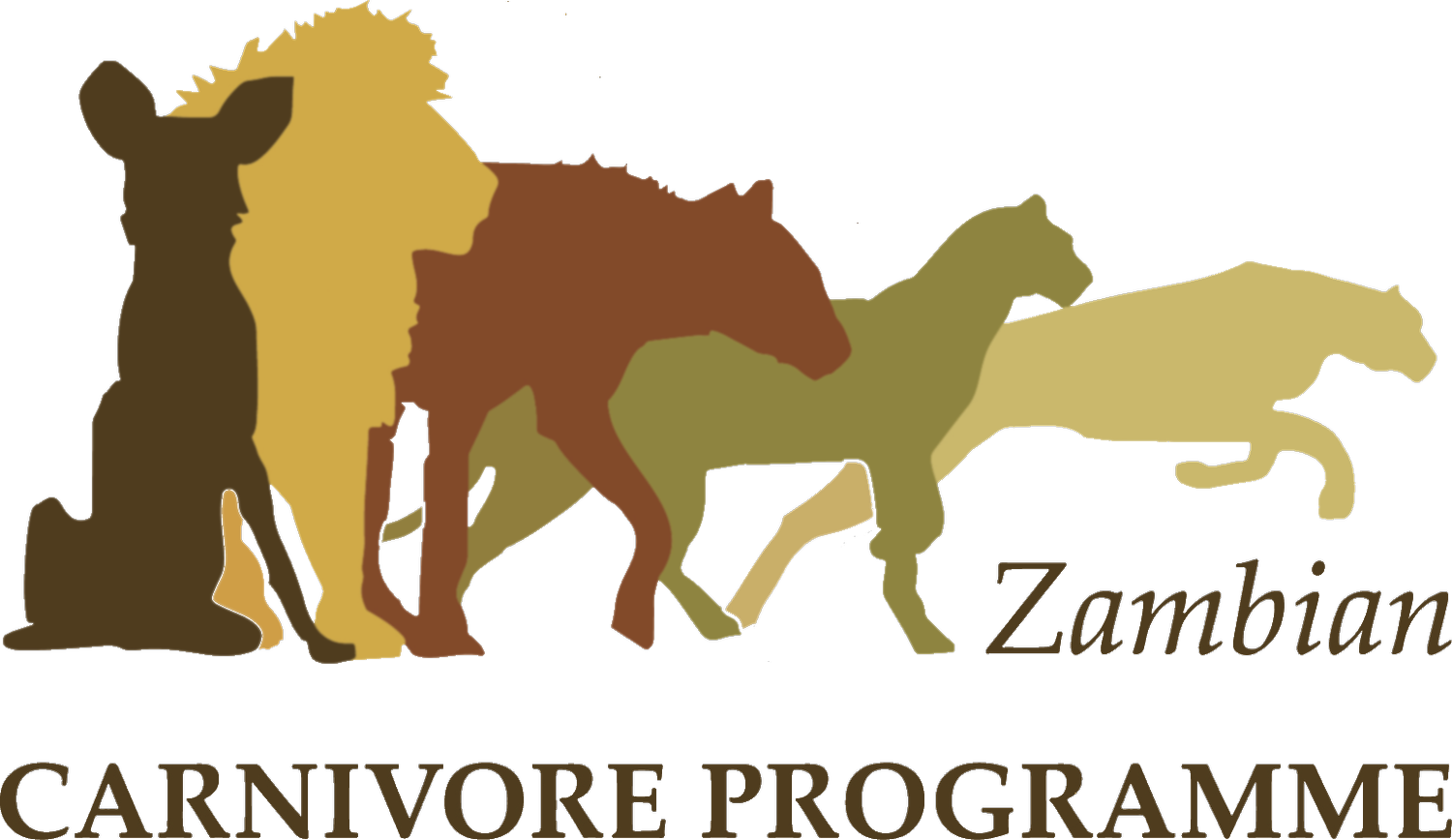Collaborative Veterinary Rescue Work in The Luangwa Valley
By: Thandiwe Mweetwa - ZCP Luangwa Valley Project Manager
Lions are listed as Vulnerable on the IUCN Red List, but some populations in West and Central Africa are considered Endangered. Numbers are in decline across many parts of their range. Currently under threat from a variety of issues including habitat loss, conflict, illegal trade in parts, and bushmeat poaching using wire snares. It is estimated that lions may disappear from the wild by 2050 if urgent conservation work is not done. Losing an apex predator such as the lion would have devastating consequences for ecosystems and communities that rely on wildlife-based economies.
The Zambian Carnivore Programme (ZCP) has been working with the Zambian government and NGO partners to conserve lions, their prey, and their habitats. The collaboration is critical for conservation as no one single organization can address these challenges. In the Luangwa, we are working with the Department of National Parks and Wildlife (DNPW) and Conservation South Luangwa (CSL) to reduce poaching as well as to conduct intensive ground and satellite monitoring of carnivores and aerial monitoring flights.
Furthermore, ZCP is one of the largest projects in Africa working to conserve multiple large carnivore species across diverse landscapes. In 2020, our field-based teams put in over 3500 person days conducting ground monitoring and visual snare checks on lions and other carnivores. Our overall goal is to limit the impact of wire snares on carnivores through proactive anti-poaching activities through our law enforcement partners and veterinary rescue work for animals caught in wire snares. With a low-density, wide-ranging top carnivore whose populations number only in the hundreds, the loss of key individuals to snaring can have big impacts. This work is beneficial for communities around South Luangwa National Park (SLNP) that rely heavily on tourism. Protecting a species of high ecological, economic and cultural value such as the African lion contributes to overall wellbeing of the local people and their economy.
At a time when the devastating impact of the ongoing pandemic on the local economy is expected to escalate the poaching crisis, continued veterinary rescue of snared animals, is critical. This is made possible by a network of collaborators who are vigilant in order to detect affected animals. So far in 2021, the joint veterinary rescue team has treated two lions for wire snare injuries. One of the victims was a young male who had a snare through his mouth.
Another lion that was treated was lioness ELI-768F. The lioness is part of the Big Pride, a high-profile group found in the main game viewing area of SLNP.
Keeping such prime aged lions on the landscape is critical for the Luangwa lion population. Both individuals have nearly fully recovered and we look forward to following their progress.
Figure 1: ELI-768F with a scar from a snare injury from July 2021 (Photo Credit: Aaron Mwale - Aaron Mwale Wildlife Photography)
This desnaring work is conducted in all areas where ZCP works and has resulted in significant population impacts. Collectively, all the 46 lions that have been rescued have resulted in 217 cubs.
This publication was produced with the financial support of the European Union through IUCN Save Our Species. Its contents are the sole responsibility of Zambian Carnivore Programme and Conservation South Luangwa and do not necessarily reflect the views of IUCN or the European Union.


